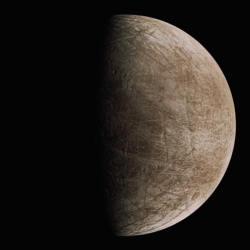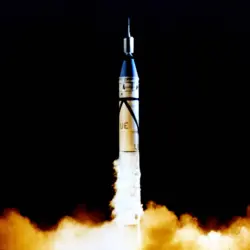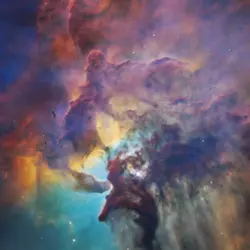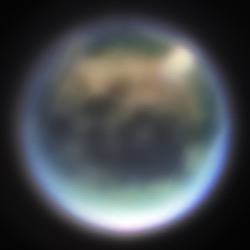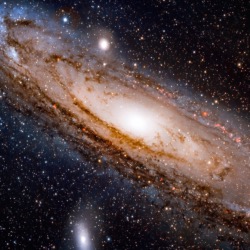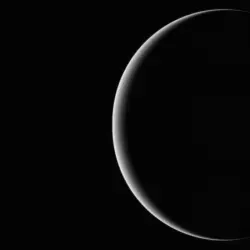Juno View of Europa
Flyby of Jupiter’s ice moon Europa by the Juno spacecraft. Europa is one of the largest moons of Jupiter and is considered to be one of the most promising locations for the search for extraterrestrial life. It is believed to have a subsurface ocean of liquid water, kept warm by… Read More »Juno View of Europa
